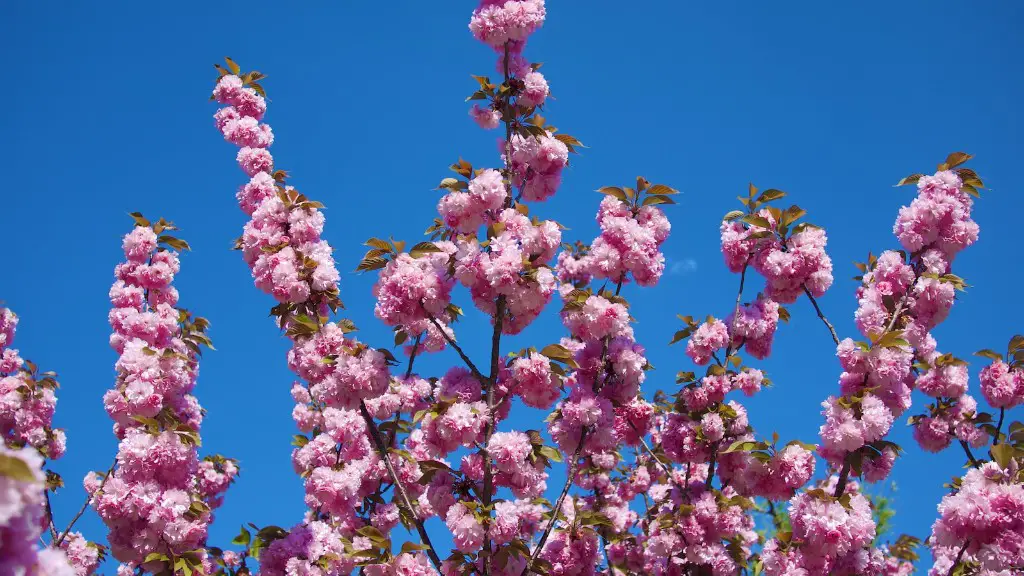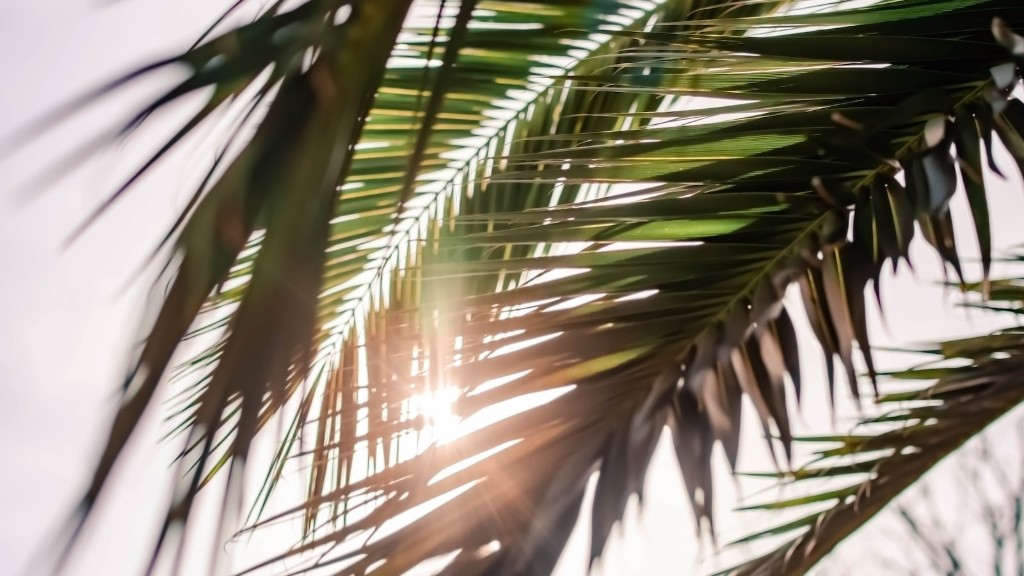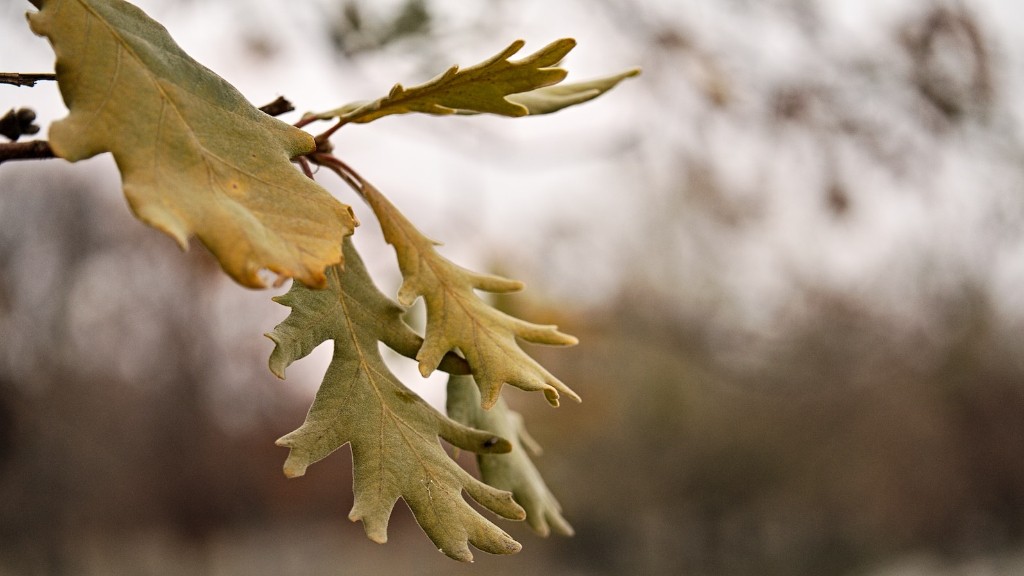A weeping cherry tree is a beautiful addition to any garden, and with proper care, it can last for many years. Here are a few tips on how to care for your weeping cherry tree:
– Water the tree regularly, especially during dry spells.
– Prune away any dead or damaged branches.
– fertilize the tree in early spring to promote growth.
– Protect the tree from harsh winter weather by wrapping it in burlap or another breathable material.
following these simple steps, you can enjoy the beauty of your weeping cherry tree for many years to come.
watering
fertilizing
pruning
Are weeping cherry trees hard to care for?
The weeping cherry is a carefree tree that doesn’t require much maintenance. You should water it about once or twice a week, but if you’re not sure when to water, just check the soil. When the top 3 inches of soil are dry around your tree, it’s time to water.
The best time to prune the weeping cherry is when the tree is dormant and the last flower and leaves have fallen. Dormancy starts in late fall and extends until early spring. Prune a grafted weeping cherry in the fall, but a natural weeping cherry can be pruned either in the fall or early spring.
What kills weeping cherry
Pests and diseases can be a big problem for any gardener, but there are some common ones that are particularly troublesome. Aphids are small insects that can cause a lot of damage to plants, and cherry leaf spot is a fungal infection that can cause unsightly spots on the leaves of cherry trees. Cytospora cankers are another problem that can affect trees, and spider mites can be a real nuisance. Tent caterpillars can also be a problem, and twig cankers can be very difficult to control.
Watering is an important part of cherry tree care. Too much water can suffocate the roots and cause the tree to become stunted. This can lead to the tree not blooming or setting fruit, and ultimately to its death. It is important to learn about the right amount of water to give your cherry tree to keep it healthy.
Are coffee grounds good for cherry trees?
If you’re looking to add coffee grounds to your garden, it’s important to be aware of a few things. First, coffee grounds are highly acidic, so they should only be used for plants that thrive in an acidic environment. Second, if your soil is already high in nitrogen, the coffee grounds could actually stunt the growth of fruits and flowers. So, if you’re going to add coffee grounds to your garden, be sure to do your research first!
Weeping cherry trees are beautiful, but they don’t have a very long life span. They generally only live for 30 to 40 years, although with proper care and maintenance, some varieties can live longer. Weeping cherry trees are also more resistant to extreme temperatures than other cherry trees, so they can be a good choice for areas with extreme weather conditions.
How do you prune and shape a weeping cherry tree?
If you want to prune your plant in July, you can do so after the plant has had time to grow in spring.
Ornamental cherry trees are a popular choice for many landscapers and homeowners due to their relatively fast growth rate and beautiful blossoms. Depending on the variety, these trees can mature in as little as 10 years, growing to a height of 20 feet and a width of 30 feet. Though pruning is not generally necessary, it may be required if the tree becomes overgrown or damaged.
What is the best fertilizer for a weeping cherry tree
It’s important to fertilize trees in early spring, just as new leaves begin to bud. This gives them a boost of nutrients to help them grow. The best fertilizer to use is a slow-release fertilizer, like compost or a commercial product labeled for flowering trees and shrubs. This will give the tree a steady supply of nutrients throughout the growing season.
When planting coffee trees, be sure to do so in an area that gets plenty of light and has rich, fertile soil with excellent drainage. Cover the roots with loose, loamy soil that is rich in organic matter like compost, and tamp and level the ground around the trunk. These trees prefer a pH of 6 to 7, so if your soil is on the alkaline side, coffee grounds can be added to help lower the pH.
Do you need to fertilize a weeping cherry tree?
A weeping cherry tree will perform best if it is planted in ground that is at least moderately rich. Feed it annually with a complete fertilizer in early spring. Be sure to follow label instructions closely, as the proper amount of fertilizer to apply will vary depending on the size of the tree. Applying too much fertilizer can burn your plant.
There are many different diseases that can affect cherry trees, from rot and spot diseases to canker, blight, and powdery mildew. Root and crown rot diseases are some of the most common, caused by a fungus-like organism present in most soils. While these diseases can be serious, there are many steps that can be taken to prevent or treat them, ensuring that your cherry tree remains healthy and productive.
How do I know if my cherry tree needs water
Other signs that a tree or shrub may need water include:
-The leaves may be smaller than normal
-The plant may be stunted in growth
-The root system may be smaller than normal
Cherry trees are known for their beautiful blooms in the spring, but did you know that they actually lose their leaves in the winter? That’s right – when the temperatures drop, cherry trees will shed their leaves to conserve energy. There are many reasons why a tree’s leaves may fall off in the winter season, including weather conditions, species of tree, or disease or insect infestation. While it may be sad to see the trees bare in the winter months, know that they will be back to their blooming glory come springtime!
What conditions do weeping cherry trees like?
A weeping cherry tree (Prunus subhirtella) is a beautiful sight in any yard or garden, with its cascading branches and delicate pink flowers. This Cherry tree prefers full sun and well-drained soil. It’s important to keep the tree watered during dry spells, and laying a 3- to 4-inch layer of mulch around the tree (but 6 inches away from the base) will help the soil retain moisture.
Epsom Salt is a magnesium sulfate that can be used to help fruit trees yield larger and sweeter fruits. The magnesium sulfate helps the tree by increasing the uptake of nutrients, which then leads to sweeter fruits.
Conclusion
Water your weeping cherry tree regularly and deeply. Mulch around the tree to help preserve moisture. Prune it annually to encourage new growth and Remove any dead or diseased branches as soon as possible.
Weeping cherry tree care is not difficult, but does require some basic knowledge. The most important thing to remember is to water regularly, but not too much, and to fertilize monthly during the growing season. These trees are also susceptible to pests and diseases, so be sure to check for these regularly. With a little care, your weeping cherry tree will thrive and provide you with beautiful blossoms for years to come.




